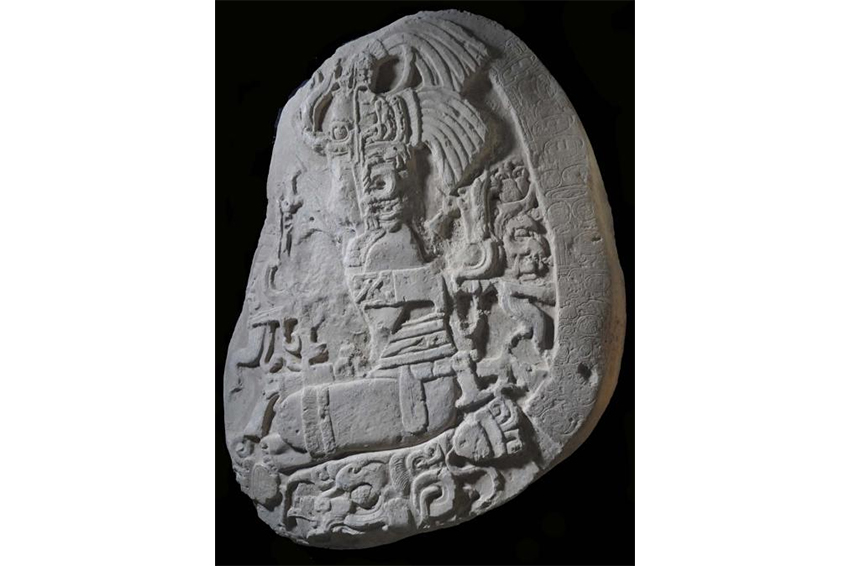David Stuart, A UT art history professor, is collaborating with an archaeological team to interpret a 1,500-year-old artifact found in La Corona, a Maya excavation site in Guatemala.
Working with a team from Tulane University that excavated a Maya altar, Stuart is helping to translate the artifact’s hieroglyphics and interpret its historical significance. Stuart said the altar contributes to a larger understanding of ancient Mesoamerican history, which few know about.
“This is history that didn’t exist or that no one even knew existed a generation or two ago,” Stuart said. “I think it’s tremendously exciting to be working in history that’s brand new to us.”
The limestone artifact was excavated in the summer of last year, but the finding was publicly announced on Sept. 12. At nearly 5 feet long and 4 feet wide, the artifact depicts the portrait of a previously unknown Mayan king. Stuart said the discovery adds understanding to complicated geopolitical systems at that time. Dating back to the sixth century, it suggests La Corona’s kingdom participated in alliances with more powerful kingdoms.
The altar is currently on display at the National Museum of Archaeology and Ethnology in Guatemala City.
Stuart said ancient Mesoamerican history is a developing field and should be taught to students in the United States, Mexico and Guatemala.
“Nobody knows about it except really a handful of scholars at this point,” Stuart said. “What we really need to do is take that history and distill it and present it to the public in a compelling way, and teach it in schools.”
Anthropology professor Fred Valdez Jr. said a comprehensive understanding of ancient Mesoamerican history gives insight into understanding modern day issues.
“All that information … is critical if we are to understand how ancient societies worked and how they dealt with problems that came about,” Valdez said. “That’s where we get the lessons learned. What is it that they were doing that would be beneficial to us today?”
Astrid Runggaldier, senior program coordinator for UT’s Mesoamerica Center, said in an email the center has an international reputation, and often collaborates with researchers in the U.S., Europe, Mexico and Central America.
“Discoveries like this recent one impact the center because they bring more attention to and interest in what we do here at UT,” Runggaldier said. “We have a number of followers from our public outreach programs … who are very interested to know more about this discovery.”





















